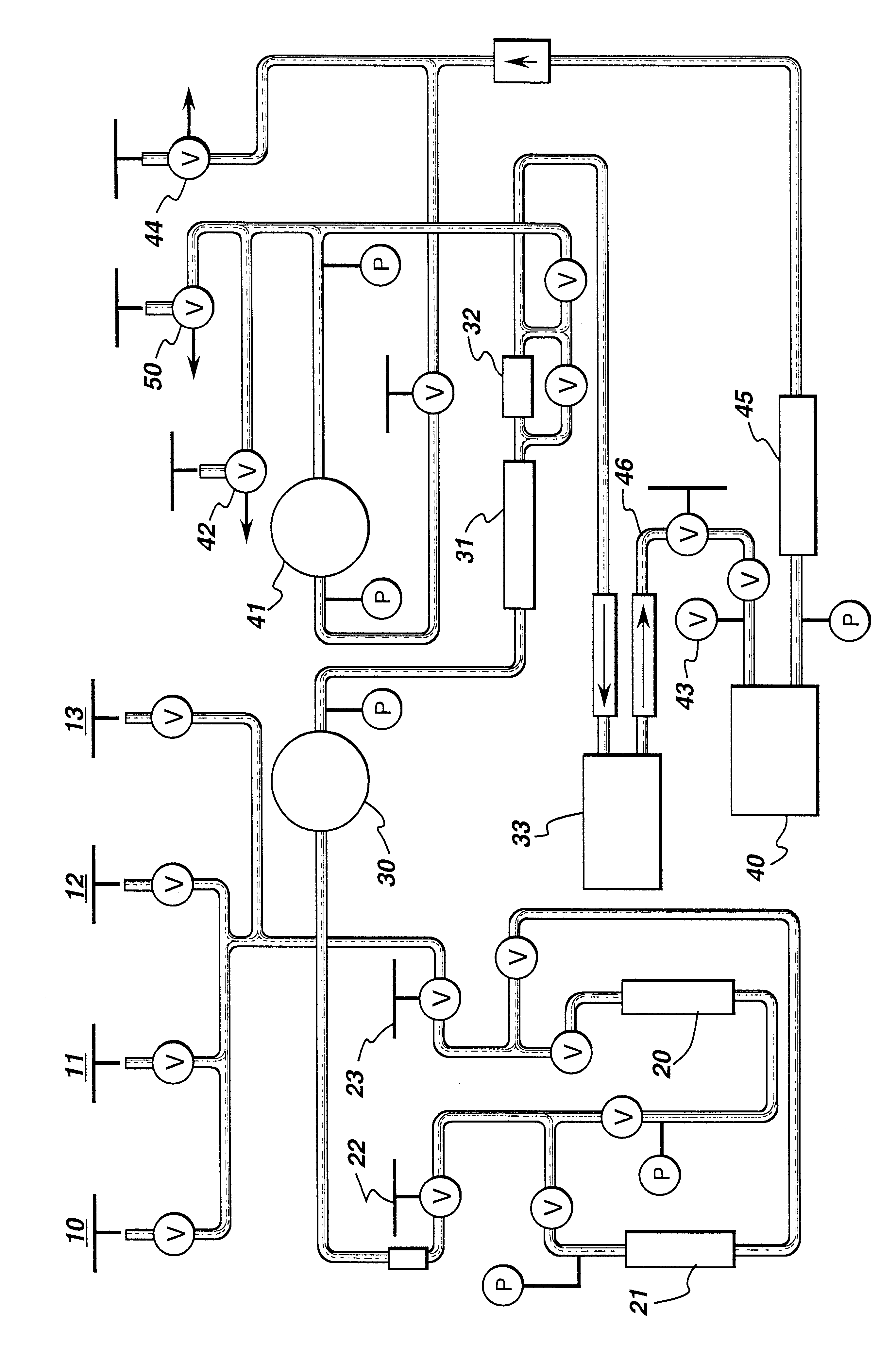Catalysts system for producing aromatic carbonates
a catalyst system and aromatic carbonate technology, applied in the direction of organic compound/hydride/coordination complex catalyst, physical/chemical process catalyst, metal/metal-oxide/metal-hydroxide catalyst, etc., can solve the problem of eluded industry identities of improved and/or additional effective catalyst systems for these processes, and the carbonylation reaction requires a rather complex catalyst system
- Summary
- Abstract
- Description
- Claims
- Application Information
AI Technical Summary
Problems solved by technology
Method used
Image
Examples
example 1
Diphenyl carbonate was produced by adding, at ambient conditions, 0.186 mM palladium(II) acetylacetonate, 123 equivalents of bromide in the form of tetraethylammonium bromide, and the IOCC combination of 11 equivalents of nickel in the form of nickel(II) acetylacetonate and 8.4 equivalents of chromium in the form of chromium(III) acetylacetonate to a glass reaction vessel containing phenol. The reactants were heated to 100.degree. C. for 3 hours in a 10% oxygen in carbon monoxide atmosphere. After the reaction, samples were analyzed for DPC by gas chromatography. The Pd TON was found to be 476, thus showing that the IOCC combination of nickel and chromium can effectively catalyze the carbonylation reaction.
example 2
The general procedure of Example 1 was repeated with 18.6 ppm palladium(II) acetylacetonate, 123 equivalents of bromide in the form of tetraethylammonium bromide, and the following IOCC combination: 11 equivalents of nickel in the form of nickel(II) acetylacetonate and 9.2 equivalents of iron in the form of iron(III) acetylacetonate. The Pd TON was found to be 286, thus showing that the IOCC combination of nickel and iron can effectively catalyze the carbonylation reaction.
example 3
The general procedure of Examples 1 and 2 was repeated with 0.25 mM palladium(II) acetylacetonate, various amounts of bromide in the form of hexaethylguanidinium bromide, and various amounts of iron and europium as an IOCC combination to provide the following results:
The results show that a Pd TON at least as high as 939 can be achieved using the IOCC combination of iron and europium; therefore, it is evident that this IOCC combination can effectively catalyze the carbonylation reaction.
PUM
| Property | Measurement | Unit |
|---|---|---|
| total pressure | aaaaa | aaaaa |
| temperatures | aaaaa | aaaaa |
| temperatures | aaaaa | aaaaa |
Abstract
Description
Claims
Application Information
 Login to View More
Login to View More - R&D
- Intellectual Property
- Life Sciences
- Materials
- Tech Scout
- Unparalleled Data Quality
- Higher Quality Content
- 60% Fewer Hallucinations
Browse by: Latest US Patents, China's latest patents, Technical Efficacy Thesaurus, Application Domain, Technology Topic, Popular Technical Reports.
© 2025 PatSnap. All rights reserved.Legal|Privacy policy|Modern Slavery Act Transparency Statement|Sitemap|About US| Contact US: help@patsnap.com

